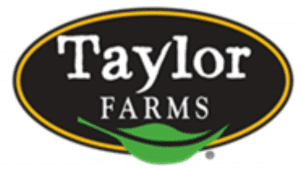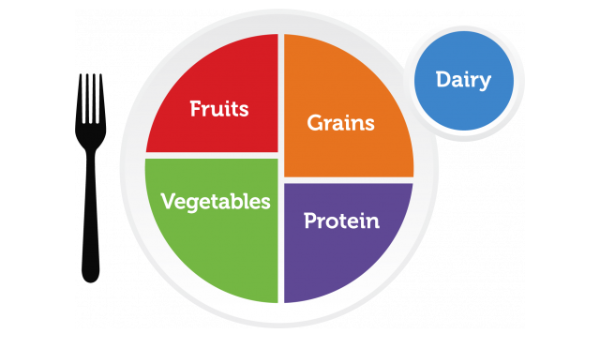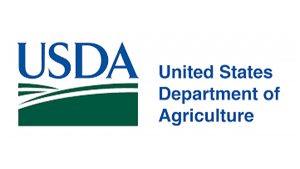Welcome to Blue Book!
Are you ready to join the thousands of companies who rely on Blue Book to drive smarter decisions? View our plans and get started today!
Still have questions? We’d love to show you what Blue Book can do for you. Drop us a line– we’ve been waiting for you.
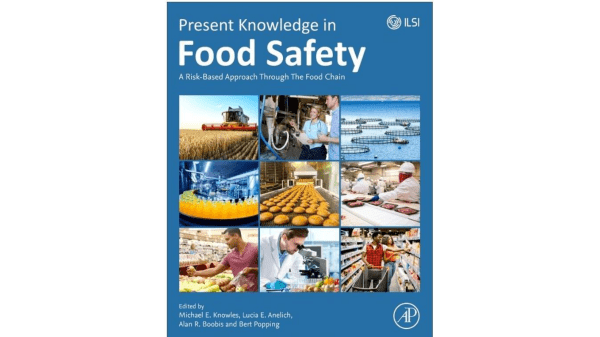
This article is the second of a two-part series.
In my previous article, I discussed the new textbook Present Knowledge in Food Safety.
I didn’t get to the punchline.
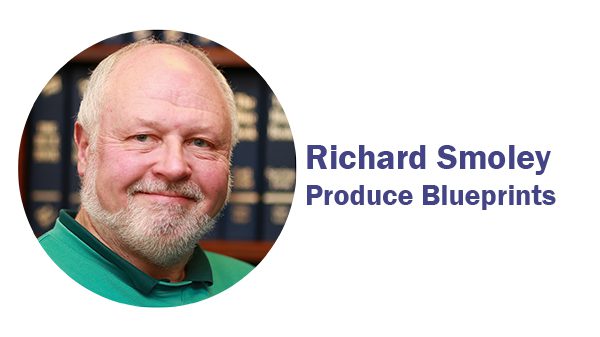
It is contained in the book’s subtitle: A Risk-Based Approach through the Food Chain.
Specifically, the phrase “risk-based.” It is the key to the book’s 1150+ pages.
There are two approaches to toxic substances in food products.
The first is the hazard-based approach. To quote from chapter 69, “Pros and Cons of Hazard- versus Risk-Based Approaches to Food Safety Regulation”:
“A hazard can be defined as something that has the potential to cause harm. A hazard does not include any information of whether the hazard will actually result in this harm. . . . A hazard-based evaluation consists of only the hazard identification step and does not include the other three steps of risk assessment” (1069).
These three remaining steps are “hazard characterization, exposure assessment, and risk assessment” (1068).
Hazard assessment merely determines whether a toxic substance is present in a food item. It does not say anything about whether this substance will actually do any harm to people who eat the food. Risk-based assessment attempts to answer this question.
This huge, 8-pound work is an extended argument for a risk-based rather than a hazard-based approach.
To quote from the same chapter: “Future developments should be directed at moving away from hazard- toward risk-based evaluations and educating the risk assessors, risk managers, and the public on the fact that a hazard does not translate into a risk at certain levels of exposure, even for genotoxic carcinogens or allergens” (1068).
Why? Because the world population has just hit 8 billion. Of these “the United Nations estimates that 1 billion people lived with chronic hunger and malnutrition,” according to the book’s chapter entitled “Consumer Attitudes about the Use of New Technologies in Agrifood Industries” (960).
This population is unlikely to be adequately fed without agrichemicals and genetically engineered (GMO) crops.
This stark fact highlights the need for both rigor and flexibility in enforcing food safety. It is no longer enough to simply say that a hazard is present in a food item. How much is present? And how likely is it to do any harm?
Or, to put it in the book’s terms: “Using a risk-based evaluation strategy increases the ability to use alternative approaches and new technologies to inform risk assessment, better characterize risk, and improve management decisions. These new, scientifically more robust methods are more human relevant and”—a humanitarian benefit— “also frequently decrease the number of animals needed to determine human risk” (1071).
All of this may seem terribly abstract, but it will have a huge impact on which agrichemicals and GMO crops will be used in the future and how.
To my mind, a regenerative approach—one that focuses on plant and soil health—has the best long-term prospects for the agriculture of the future. But it does not exclude the judicious use of agrichemicals. More precise and realistic safety standards may help determine how and when they should be applied.




